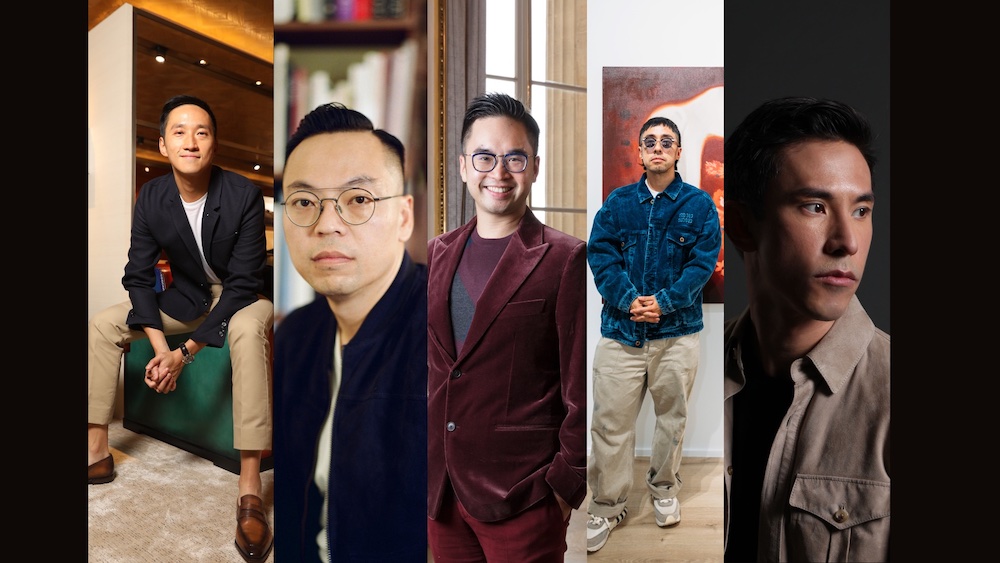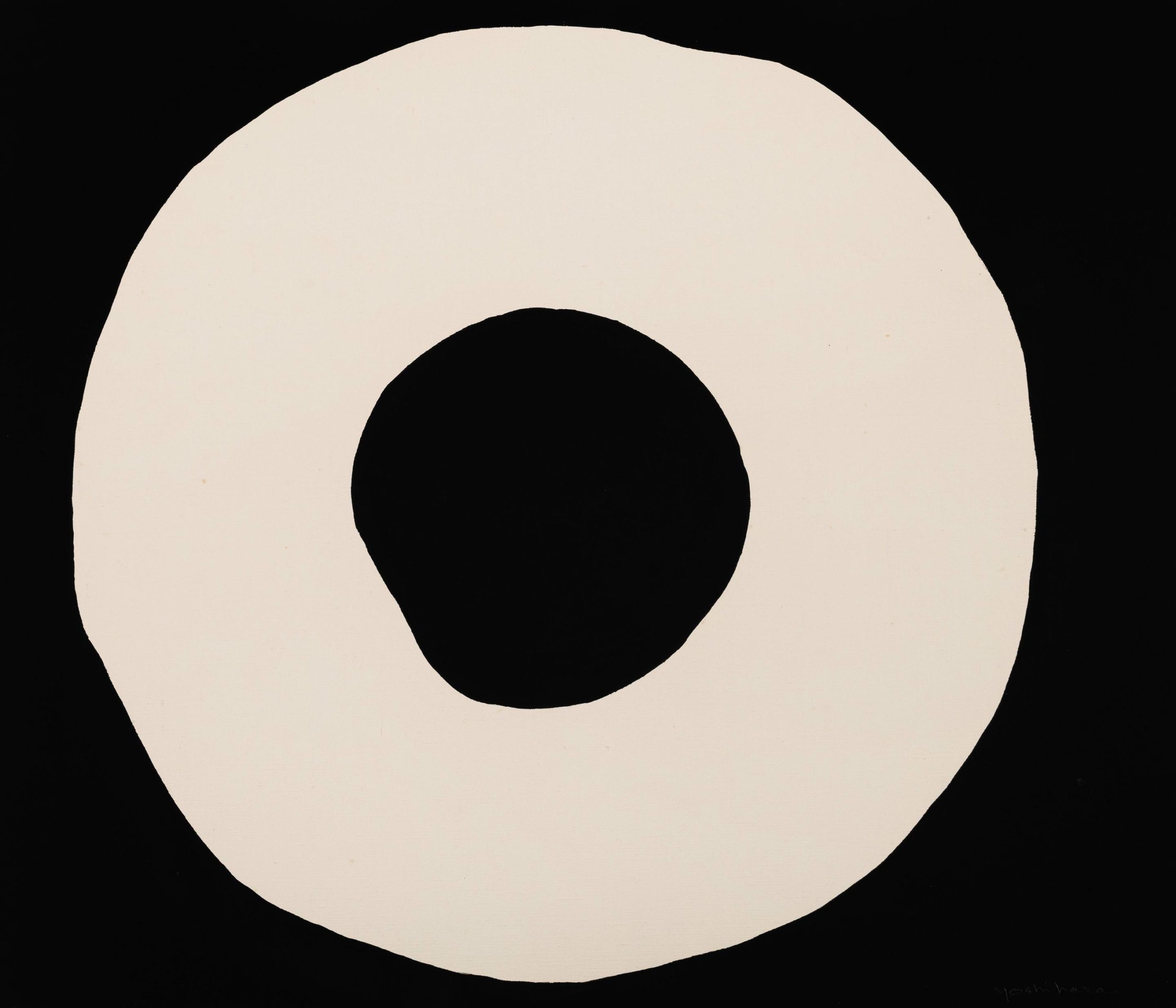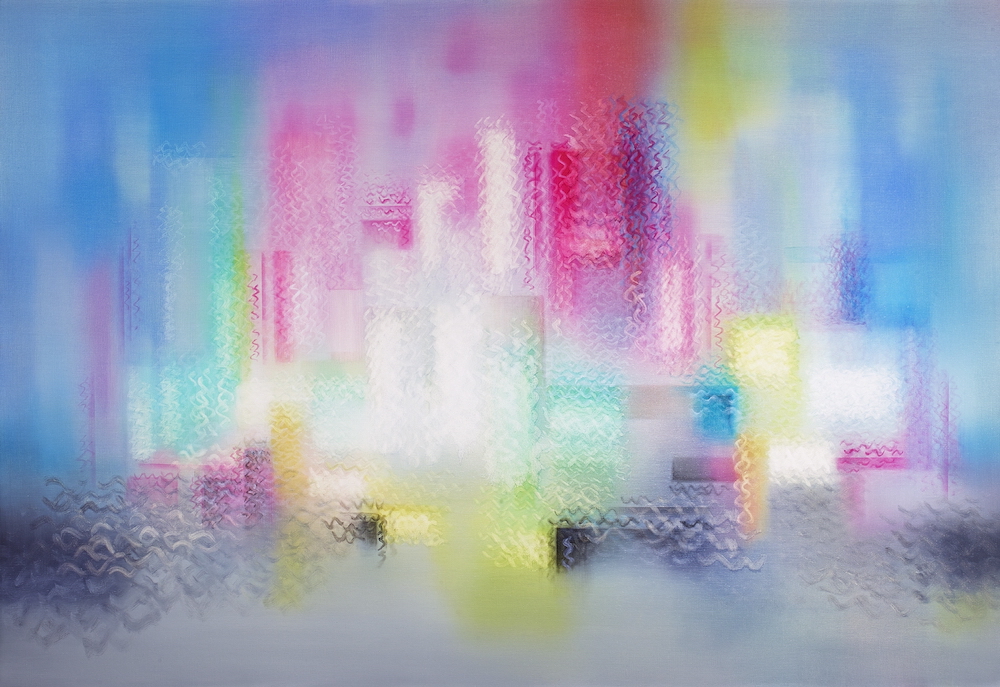In the spring, Whitewall took the train up from New York to Ancramdale in the Hudson Valley to visit the studio of Elias Hansen. The artist, who is represented by Maccarone in the city, had been preparing for a show at Take Ninagawa in Tokyo and also making work that would be shown at Art Basel Hong Kong in March.
Hansen had been creating tableaux of handmade shelves, glass vessels, tubes, strings of light, and other found and sourced objects on the walls of the studio, plotting out small installations and settings. They look like a cross between a chemistry set and a scene from an old-time apothecary. Immediately, we started to wonder about the story behind each beaker or test tube. Was it meant to allude to a lab of some sort? Or something more nefarious? What was the backstory? (There is one, but we’re not telling.)

Elias Hansen’s studio, photo by Sarah Blodgett.
Metal shelves in another corner held handblown small horses created for practice, sanded glass bottles, hurricane glass, tins, mortar and pestles, cheesy porn playing cards, and other gathered objects that might pique the curiosity of a teenage boy. And while we found ourselves smiling at a few items in his studio, the scenes and sculptures Hansen creates feel delicate, poised, and not at all silly. There is an overt appreciation for the object and the handmade. They feel respectful and even elegant, even in the mysterious settings you’ll find them in gallery exhibitions. This winter, he will be part of a two-person show with The Reader at Arthur Roger Gallery in New Orleans (January 7–February 18, 2017).
We spent the afternoon with Hansen, discussing how he grew up in the Northwest, apprenticed with glassmakers, learned how to create beautiful objects with his hands before making art alongside his brother, Oscar Tuazon, and how his assemblage work has come together.

Elias Hansen’s studio, photo by Sarah Blodgett.
WHITEWALL: Can you tell us about the work we’re seeing on shelves here on the walls of your studio?
ELIAS HANSEN: Having this studio, I am able to put these works on the wall so they can exist for a longer period of time. I make them by slowly plotting along the way. I’ll put them on the shelf and I’ll label them with all their parts that exist with the photograph of the work. I’m trying to get some sort of system because this work is so crazy, all this assembly stuff. I have to keep track of it.

Elias Hansen’s studio, photo by Sarah Blodgett.
WW: So this is a bit new for you, finding a method and organization in your work?
EH: My brother really taught me how to make crazy things out of nothing. He would do these things where he would have a show and he would just show up and start finding stuff to make the work. His two weeks of install was going in and making the work. He had this crazy [method] where he shows up at the gallery and is like, “So what I need is some stuff to make a wall that fills with water.” He did it and filled it with water. It leaked and filled the gallery, but they really loved it. It was awesome.

Elias Hansen’s studio, photo by Sarah Blodgett.
He kind of gave me this tool of how to make a show—you use the gallery space as a studio rather than show up with all your work in a crate. I did a couple of shows like that and they were really exciting, but they were really a lot of work.
My first show at the Maccarone I sent all my stuff and brought a couple guests from the Northwest. We ordered a bunch of steel and got a welder and these tools and I was like, “Okay, we’re going to make an art show.” It was amazing but really crazy. You spend two weeks living in the gallery. It’s great, but then when you’re married and then you have kids, you can’t do that because it burns you out.

Elias Hansen’s studio, photo by Sarah Blodgett.
WW: When did you start turning away from that way of working?
EH: It has limitations that are exciting at first, but then I think the limitations dictate too much how to work. So I transitioned into this way of making the work, putting it on the shelf, getting it prepared, getting ready. I was working with glass. I would make things out of glass because I had access to that. It takes so much time and it’s really a fascinating material to work with.

Elias Hansen’s studio, photo by Sarah Blodgett.
WW: When did you start working with glass?
EH: In shops in the Northwest there’s a lot of glass studios there. So there’s Dale Chihuly. In the seventies he went to Italy, met some Italians, started making glass, and then brought the Italians over to America to make his glass with him. So essentially his studio trained workers, but then they build their own studios and they trained more workers and they built more studios. Seattle has kind of become this new center for glass.

Elias Hansen’s studio, photo by Sarah Blodgett.
My parents were bookbinders, so I was trained as a bookbinder. I studied printmaking in school, but there’s really not a bunch of bookshops in the Northwest, but there are a lot of glass shops. I started bugging one guy to apprentice me and he did. I did that for three years, and then I moved to Tacoma to start working in all the production shops there in Seattle and in Tacoma.
WW: So when you were apprenticing, was the idea always to eventually be making your own work?
EH: I worked for this metalworker right at the beginning. His lesson to me was to work for thirty different artists before you start making your own work. And I was just like, “Okay.” It was really great to get this clear crisp directive.
WW: Did that take the pressure off, just learning the craft of the material?
EH: It totally does. I was like, no wonder everything I make is shit—because I don’t know how to do it. I can’t do it, so I don’t have to worry about it. So I stopped even thinking of making my own stuff. When I started, I wouldn’t even use any color in my glass. I was just using clear because color can often make it more difficult. I was just like, “I’m going to make a cup,” and I made the same cup for like three years. Any time I had time I’d just make this one cup. And then if you stay on one thing, you can understand the larger thing. You can dial in the specifics of that.
WW: So at what point were you ready to make your own work?
EH: I think around 2007, 2008, when I started working with Oscar. I was starting to feel pretty skilled. But I think the more you learn, the more you see that you don’t know it all. There’s kind of this inside joke of glass being the great humbler. It takes this hotheaded person to learn how to blow glass, but you also have to learn to be really humble, and it just takes a long time. You’ve got to be cocky enough to think that you can do it, but you also have to be humble enough to spend years fucking up and watching it fail.
To get weird you have to learn to do it right, and so that was years. You can spend hours on something, and in the last move the whole thing breaks.
This article is published in Whitewall‘s fall 2016 Fashion Issue.








